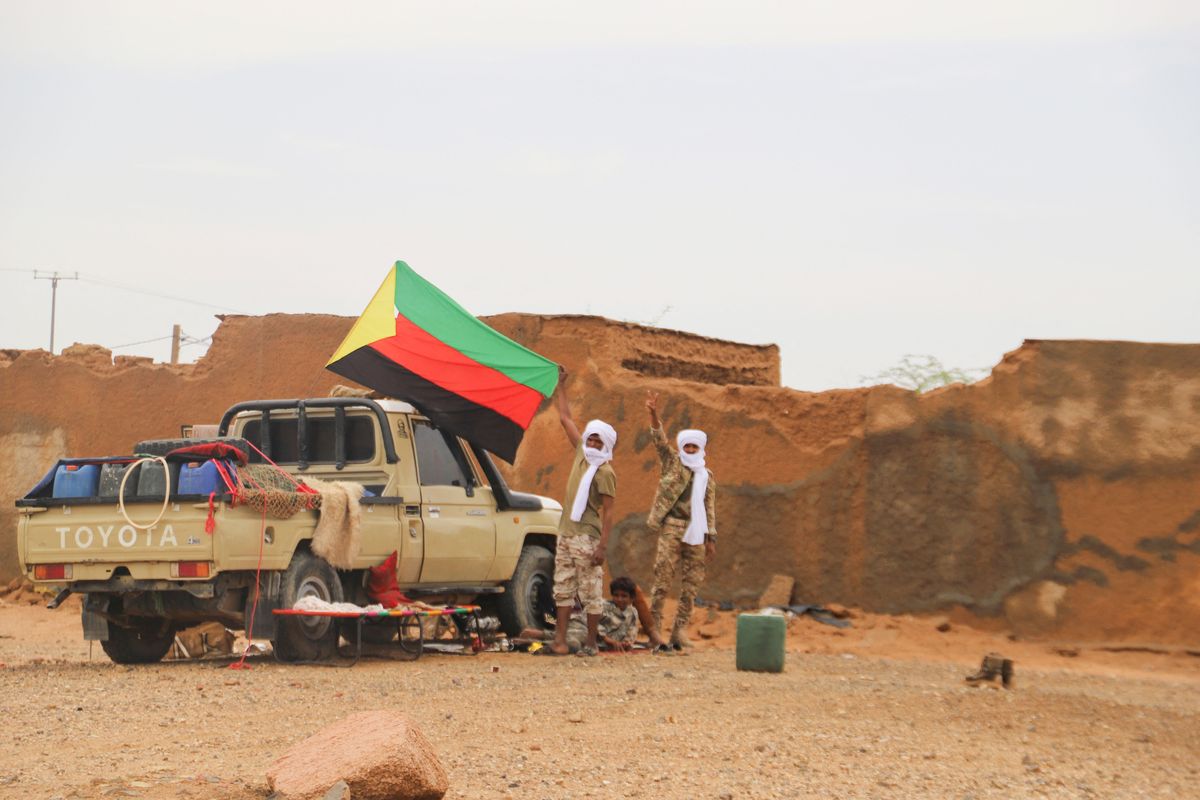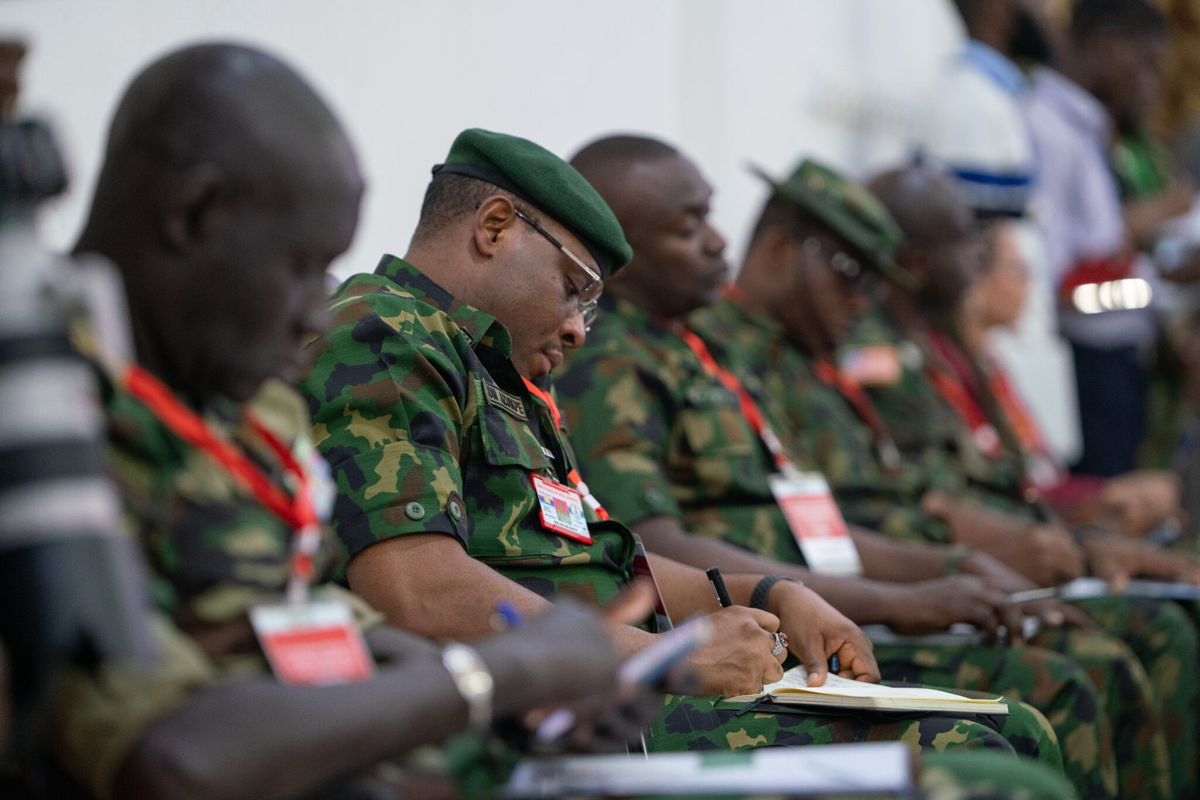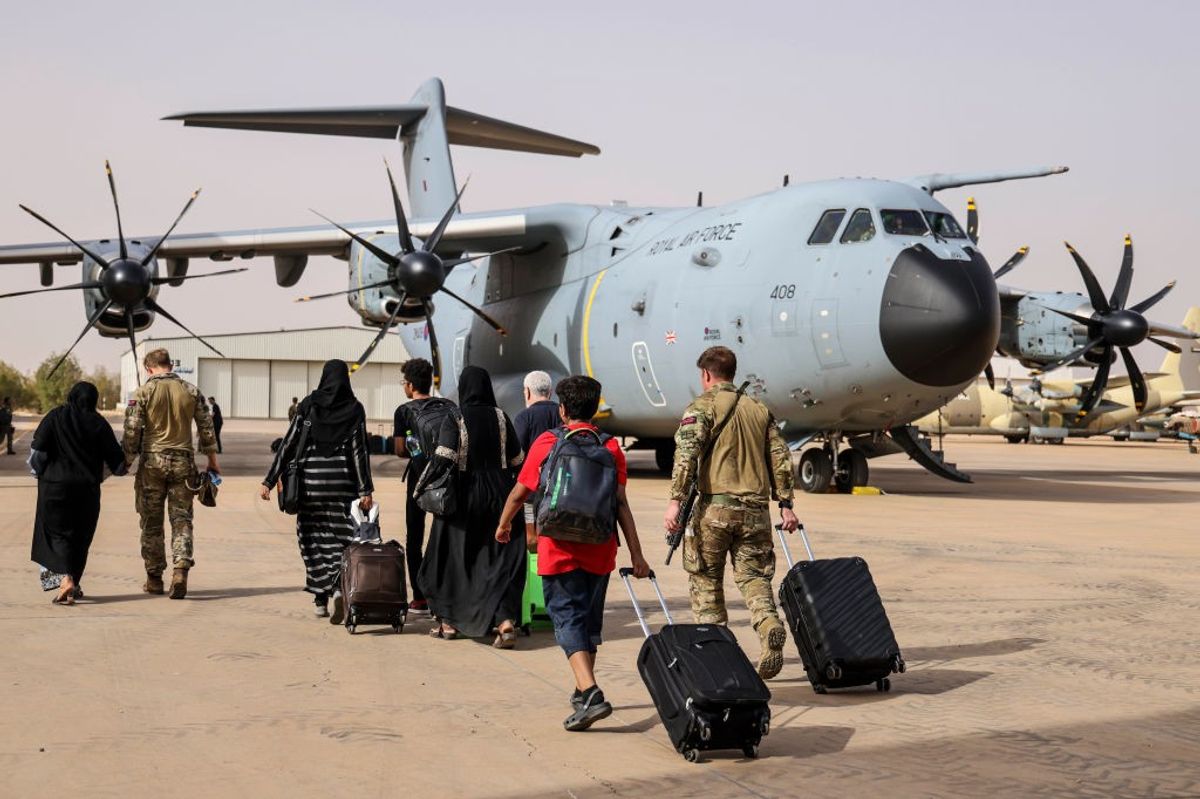Around 60,000 people have fled South Sudan in just a few weeks – since renewed violence broke out in the capital Juba on July 7 and 8 – the United Nations refugee agency reported on Tuesday. The agency said this brings the number of South Sudanese refugees in neighboring countries to almost 900,000, since the civil war began in December 2013.
More fighting around Juba this past weekend between security forces loyal to President Salva Kiir and those loyal to former Vice President Riek Machar left at least nine people dead, said a spokesman for Machar.
Both the government military spokesman Lul Ruai Koang and the government spokesman Michael Makuei Lueth downplayed the violence. On Tuesday, Lueth told reporters in Juba that the peace agreement signed last August is still on track. Yet it is precisely this peace deal that experts tell The Cipher Brief created fertile ground for the current fighting.
“Although it [the August 2015 peace deal] was seen by both ordinary South Sudanese people and the mediators as the only viable option, the agreement came encumbered with a number of challenges and weaknesses,” says Executive Director of the Juba-based Sudd Institute, Jok Madut Jok.
Jok explains those weaknesses include reluctance from both parties – Kiir and Machar – to enter into the agreement and difficulties implementing the security arrangements. In fact, the World Peace Foundation’s Executive Director, Alex de Waal, posits, “At the heart of South Sudan’s descent into chaos is a failed effort at security sector reform.”
This dates back to the end of Sudan’s civil war in 2005, explains de Waal, and it involves the United States.
In 2005, the U.S. and other donors “poured money and expertise” into trying to turn the southern separatists’ Sudan People’s Liberation Army (SPLA) into a professional army, says de Waal. The U.S., for example, supported a train-and-equip program for soldiers and built a new army headquarters, he says.
These efforts failed due to Kiir’s political calculations, leaving South Sudan subject to an ungovernable army when it gained independence from Sudan in 2011. De Waal explains a patronage system established by Kiir had kept the SPLA and various militia leaders under some semblance of control, but that quickly eroded as the world’s newest country spiraled into an economic crisis, with falling oil revenues.
Last year’s peace agreement was supposed to eventually create a unified national professional army, while also demilitarizing Juba. Instead, no steps were taken toward the former, says de Waal, and the international community pulled back from the demilitarization.
Add to that the perpetual political rivalries between Kiir and Machar and ethnic tension between Kiir’s Dinka and Machar’s Nuer, and the circumstances were ripe for renewed fighting.
Increased political fracturing is now complicating the situation and threatening to perpetuate the latest bout of violence. Part of Machar’s SPLM-IO (Sudan People’s Liberation Movement in Opposition) that is in Juba voted to replace Machar with his chief negotiator Taban Deng Gai, making him the country’s new First Vice President. (Machar fled Juba after the renewed fighting last month, and his whereabouts is unknown.)
Jok calls this “a development that is bound to split the group [SPLM-IO] into two camps,” and he adds, “The fate of the Transitional Government of National Unity, therefore, is in jeopardy.”
The international community has a few options for how it can help. The UN Security Council can authorize sending in more peacekeeping troops and police, or the council can approve a regional force led by the African Union (AU). The council adopted a resolution that extends the UN mission in South Sudan (UNMISS) until August 12, to allow more time for discussions.
It is unlikely more troops and police will be sent in, since Britain, Germany, and Sweden have withdrawn police officers, and the U.S. reportedly plans to withdraw nine of its 15 officers from the country. It is more likely an AU force will be approved – an option backed by the U.S.
However, Aditi Gorur – Director of the Protecting Civilians in Conflict Program – and Rachel Stohl – Director of the Conventional Defense Program at the Stimson Center – say that “Kiir has strongly rejected any further international interventions and is believed to be mobilizing popular protests against the proposed AU force.”
The international community could also enact an arms embargo on South Sudan and sanctions on people believed to be responsible for the violence. In the past, the U.S., China, and Russia have opposed an arms embargo – for varying reasons. But Gorur and Stohl note, “The tide may have turned after the recent violence. UN Secretary-General Ban Ki-moon has called for an embargo.”
The problem: Sending in forces is a short-term solution to a political conflict turned humanitarian crisis, and an arms embargo at this point comes a bit late, in a country awash with weapons from years of fighting for independence.
“What will not work is maintaining the status quo,” says Jok. But a long-term solution remains unclear, especially in light of the recent SPLM-IO fracturing and renewed clashes around Juba over the weekend.
Kaitlin Lavinder is a reporter at The Cipher Brief.












